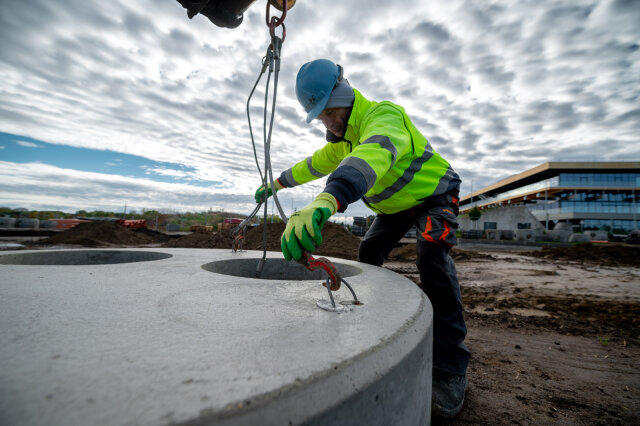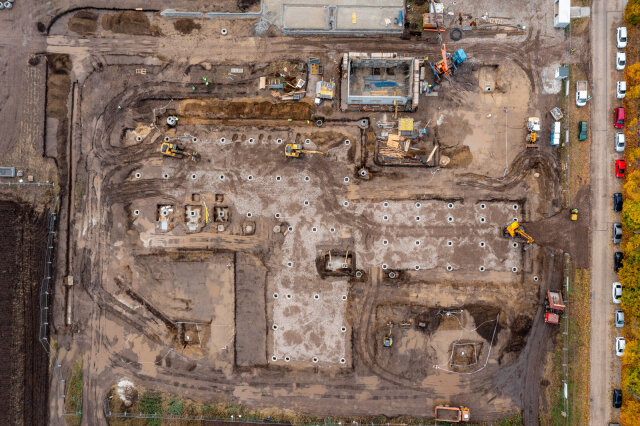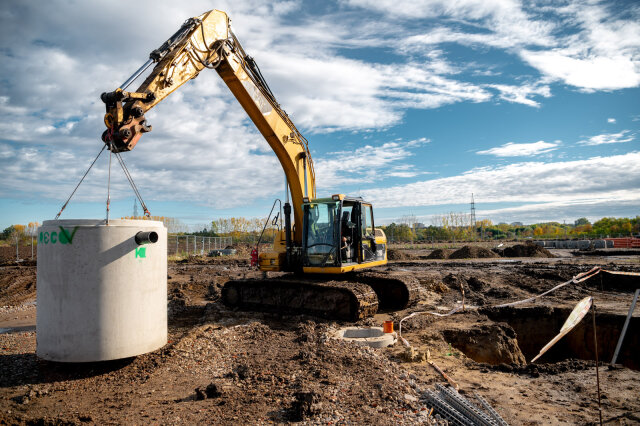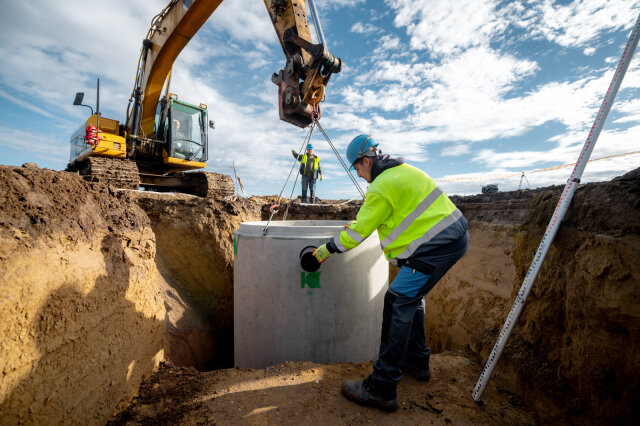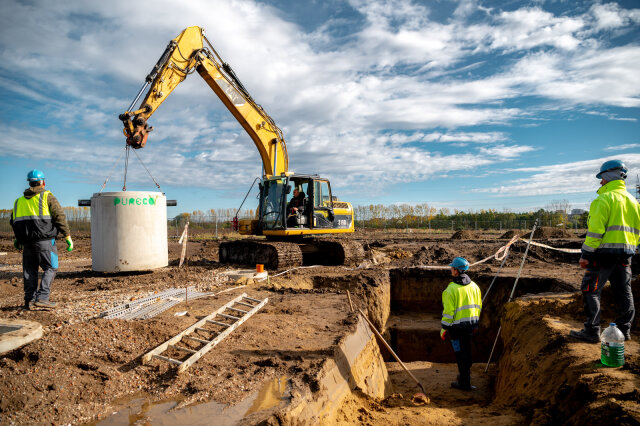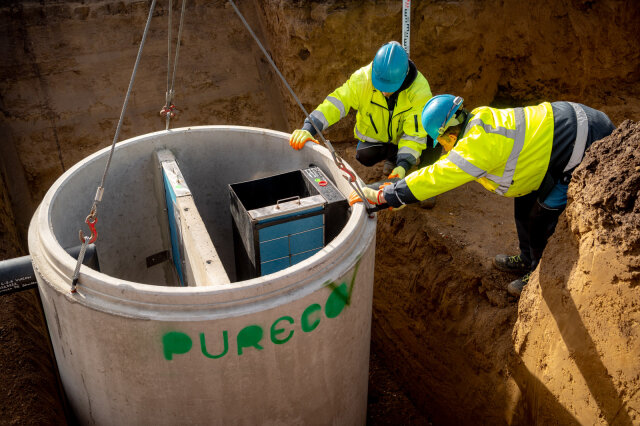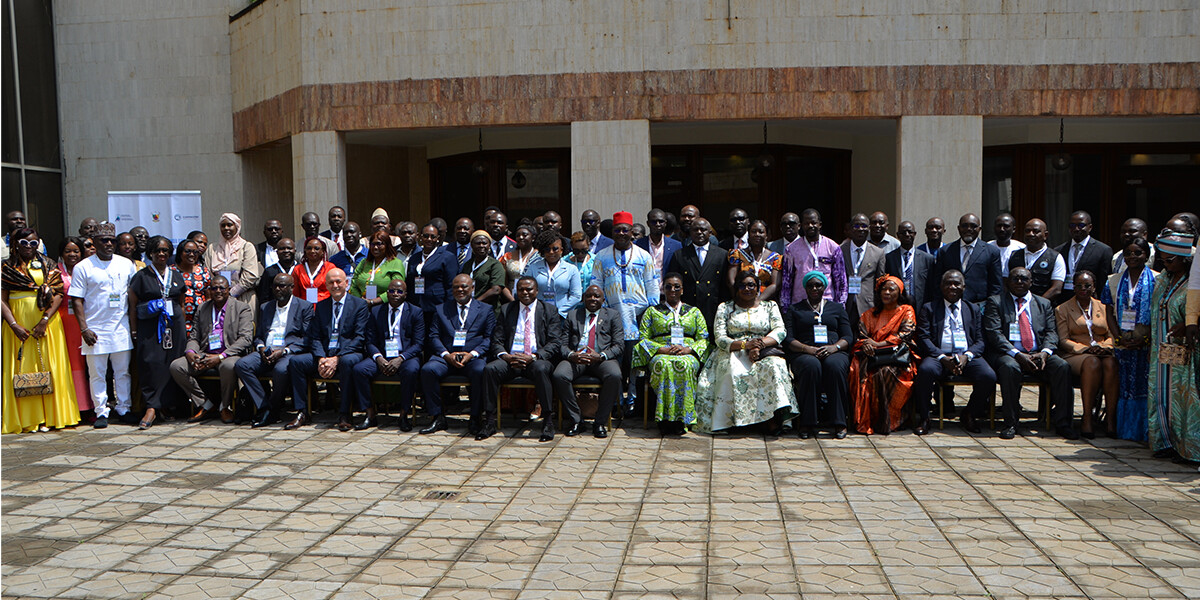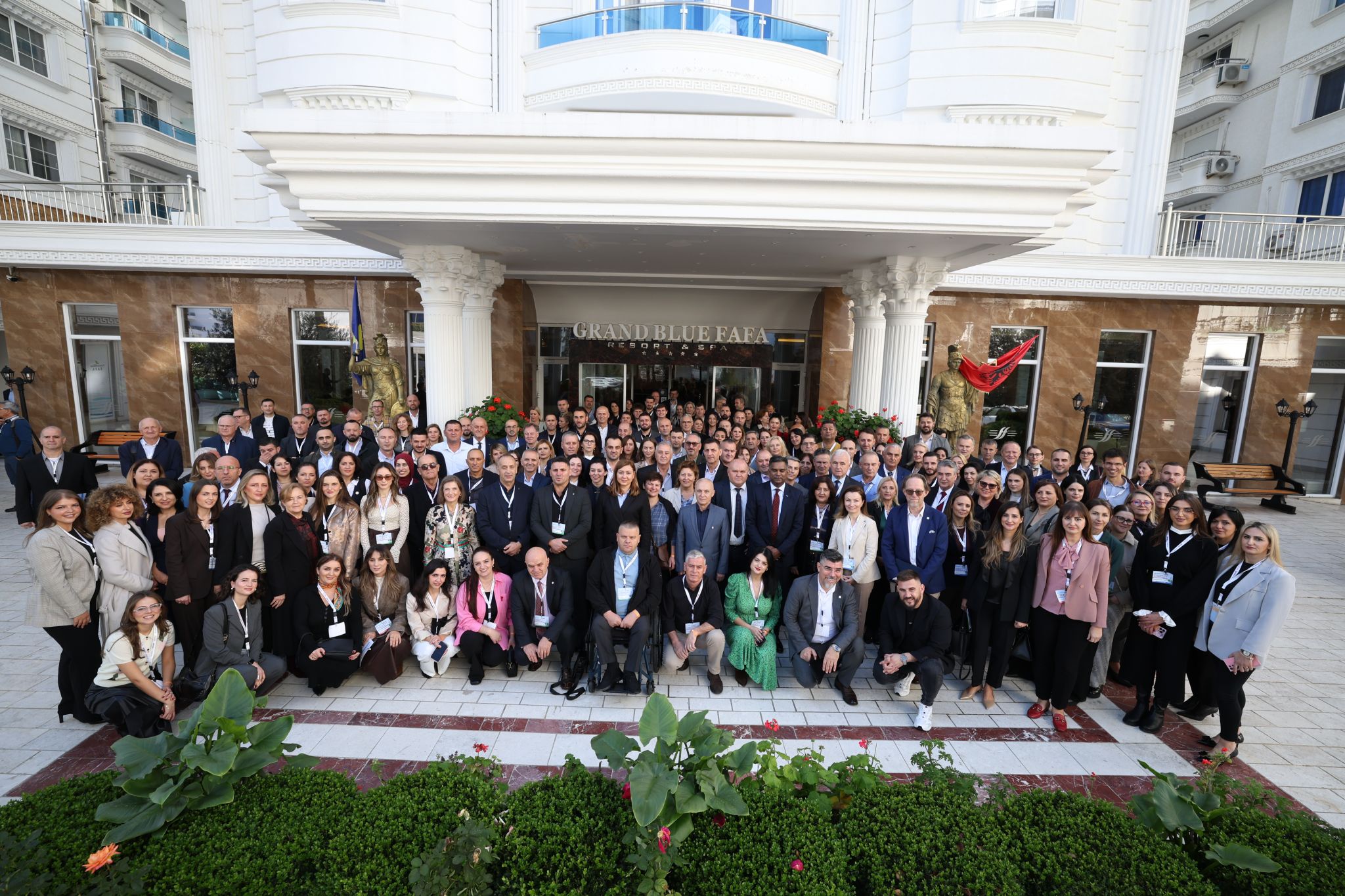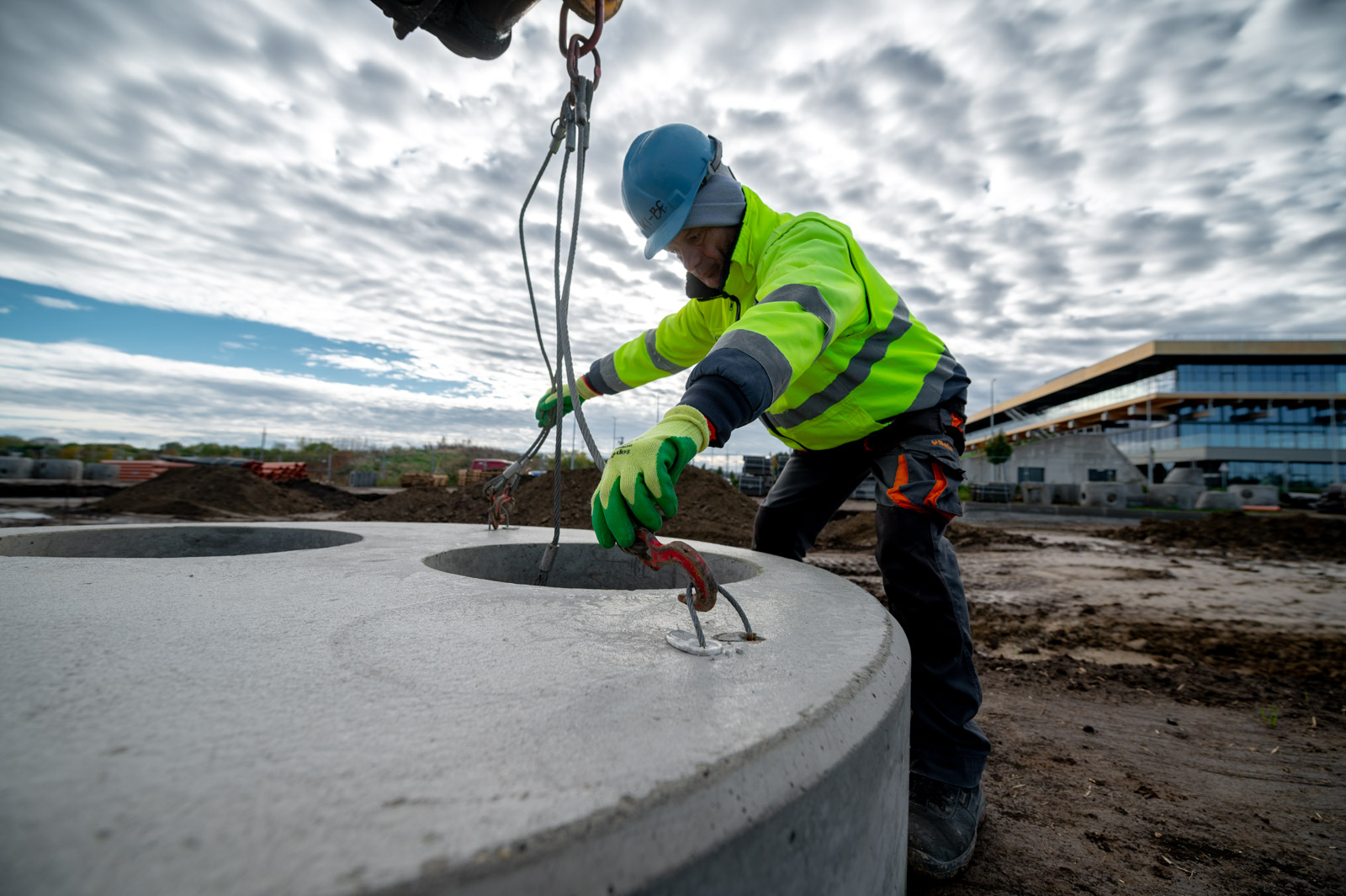
Several developments have been implemented at the University of Debrecen in recent years. Following the renovation and extension of the Faculty of Technology buildings, another major investment is now underway to promote technical education and research and development: the construction of a new multifunctional laboratory for teaching, research and development in the field of automotive engineering.
HUNÉP Zrt. was chosen for the contract of the project, and Pureco Ltd.'s oil separation equipment for stormwater treatment was implemented.
The laboratory will play a central role in training related to the region's automotive investments and will be closely integrated into the strategic development programme of the University of Debrecen in the fields of engineering, science and technology. The Vehicle Laboratory will be a comfortable and well-equipped facility, built in the more than 74-hectare Science, Technology and Innovation Park and will also be able to serve the diverse needs of both theoretical and practical engineering education.
The 2700 square metre building will house vehicle laboratories, classrooms for mechatronics and robotics training, vehicle assembly workshops and classrooms for smaller courses.
For the pre-treatment of leachate contaminated with oil derivatives in the "manhole workshop" in the eastern part of the building, Pureco has provided its own developed steel and reinforced concrete oil traps.
The manhole in front of the oil separator had to be designed with a shallow sludge chamber so that a backflow preventer could be installed on the inflowing pipe end.
The oil separator with sludge trap supplied by Pureco is a proprietary reinforced concrete tank unit with a capacity of 6 l/s and a purification limit of 2 mg/l of SOE.
Combining traditional technologies, the equipment delivers high-efficiency performance without the need for added energy or chemicals. The built-in safety device protects the operator from the consequences of accidental pollution and prevents the spread of damage to the catchment.
The laboratory car park is being built on the south side of the main building, and the pavement of the car park may, of course, be contaminated with rainwater containing oil derivatives. This will be cleaned by a steel oil trap with a hydraulic capacity of 65 l/s and a purification limit of 2 mg/l SZOE, supplied by Pureco.
Combining the main advantages of plastic and concrete tanks, the small, steel unit weighs only 5-6% of concrete units, making it easy to transport and simple to install.
The clean (roof surface) rainwater from the building is collected in separate rainwater drains and discharged into the infiltration field, also supplied by Pureco. Together, these solutions provide the best possible solution to minimise the environmental impact of the new educational building.

